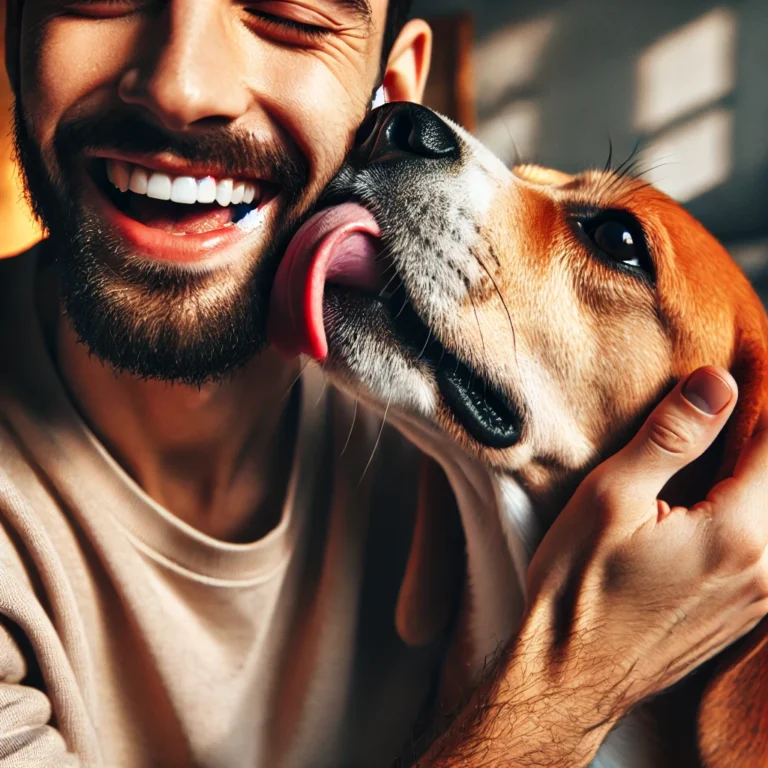Welcoming a dog into your home brings joy and companionship, but it also entails a significant responsibility. Beyond the basics of food and water, ensuring the well-being of your dog involves creating a safe environment, offering quality nutrition, regular grooming, veterinary care, and fostering positive behaviors through education and patience. This guide provides essential tips for dog care at home, covering identification, safety precautions, dietary considerations, grooming routines, veterinary visits, the importance of companionship, and the role of positive reinforcement in shaping your dog’s behavior.
1. Identify Your Pet: The first step in responsible dog ownership is proper identification. This section explores two crucial methods of identification: the use of an identification tag with contact information and the implementation of a microchip. These measures ensure a swift reunion in case your dog goes missing.
2. Safety Measures at Home: Creating a safe home environment for your dog involves removing potential hazards and dangerous objects within their reach. This section emphasizes the importance of treating your dog’s curiosity like that of a baby, securing sharp objects, toxic plants, and fragile items to prevent accidents.
3. Quality Nutrition: A well-balanced and nutritious diet is fundamental to your dog’s health and happiness. This section delves into the importance of offering high-quality, complete food, whether in dry or wet form, and highlights the significance of variety in their diet. Tips for incorporating natural food and cooking homemade recipes are also discussed.
4. Regular Grooming: Maintaining cleanliness is essential for your dog’s overall well-being. Daily brushing and regular washing contribute not only to hygiene but also to building a stronger bond between you and your pet. This section emphasizes the importance of consistent grooming practices and the positive impact on the relationship with your dog.
5. Veterinary Care: Periodic visits to the veterinarian are crucial for preventive care and early detection of potential health issues. This section stresses the importance of routine vet visits, parasite prevention, and good cleaning habits to ensure your dog’s optimal health.
6. Avoiding Loneliness: Dogs thrive on companionship, and leaving them alone for extended periods can lead to anxiety and stress. This section advises against leaving your dog alone, especially in a car during the day, and provides alternatives for ensuring they feel secure and connected.
7. Rewarding Good Behavior: Positive reinforcement is a powerful tool in shaping your dog’s behavior. This section encourages rewarding good behavior with treats, affectionate gestures, and motivational phrases. It emphasizes the importance of consistent positive reinforcement to strengthen the bond between you and your dog.
8. Education and Patience: Training your dog is an ongoing process that begins during puppyhood. This section highlights the significance of early education, teaching essential behaviors, and fostering a learning experience that lasts a lifetime. Patience, consistency, and positive reinforcement are key elements in successfully educating your dog.
Conclusion: Taking care of your dog at home involves a holistic approach that encompasses identification, safety, nutrition, grooming, veterinary care, companionship, and positive reinforcement. By following these comprehensive tips, you not only ensure the well-being of your canine companion but also cultivate a harmonious and fulfilling relationship that lasts a lifetime.



